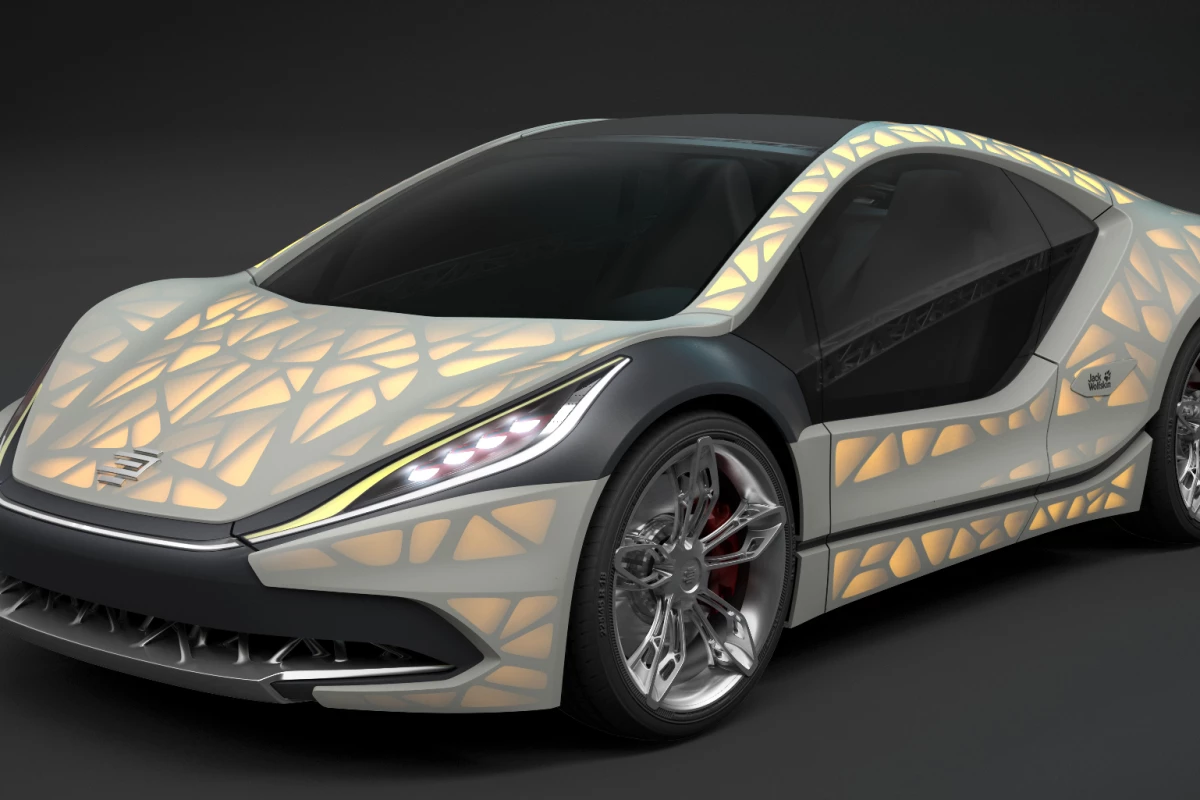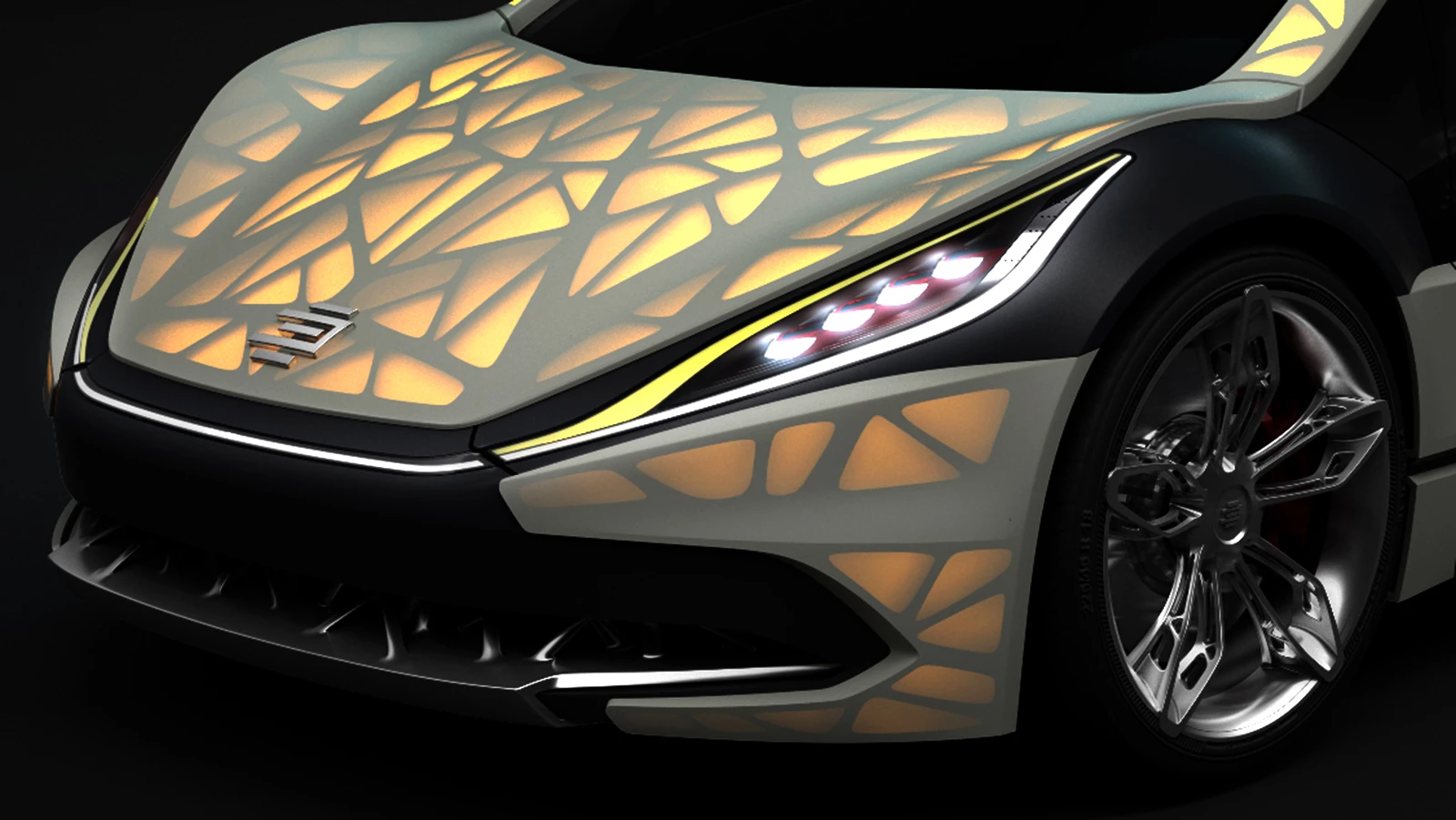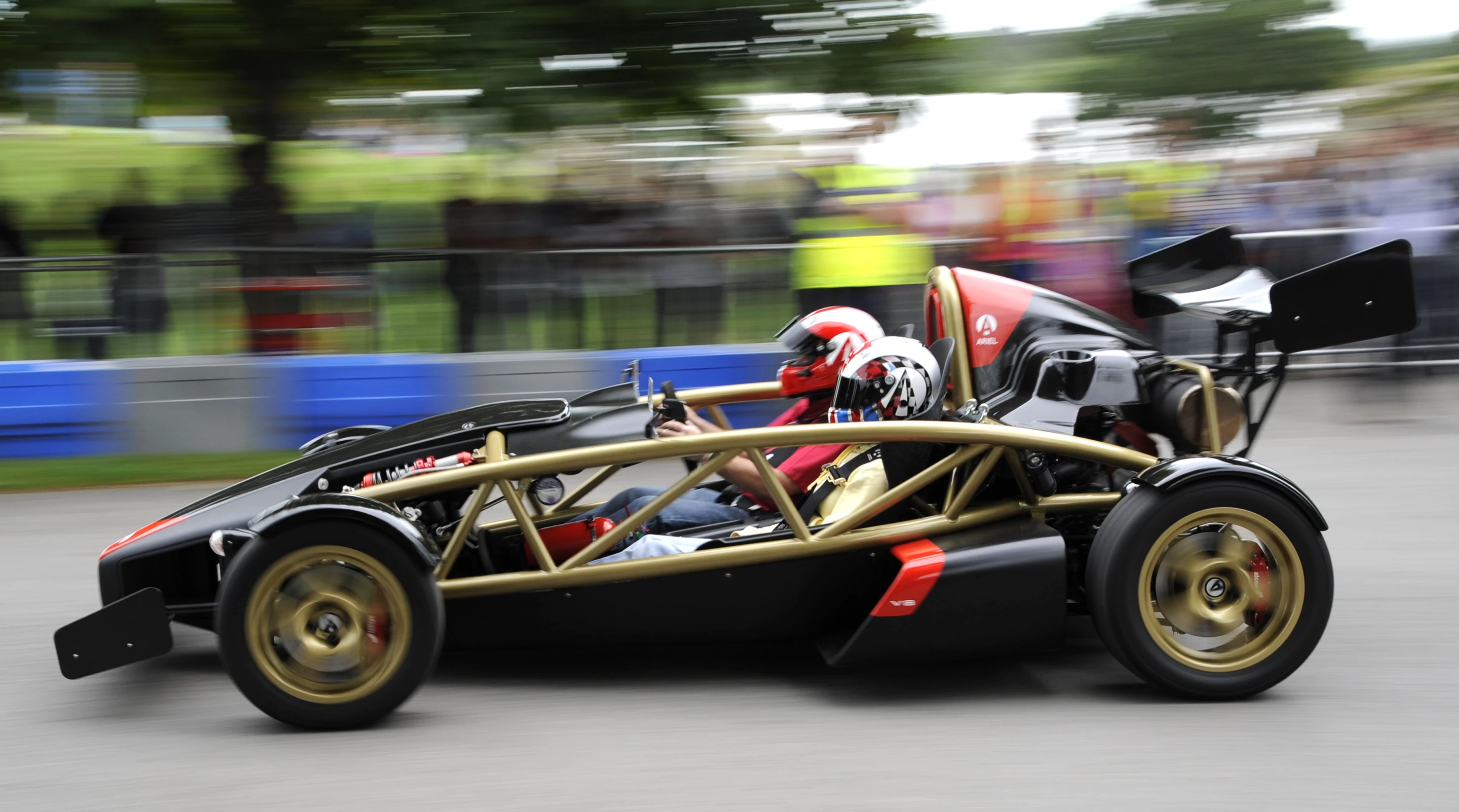EDAG traditionally produces a concept car incorporating "new thought" for the Geneva Motor Show each year and the 2015 concept car might initially stretch your imagination beyond "business as usual." The EDAG Light Cocoon Concept uses a weatherproof textile instead of the traditional metal skin for the car's panels, stretched over a bionically-inspired trellis body structure, then back-lit for effect.
Alongside Rinspeed, EDAG's concept cars are the most fun of all regular concepts to write up - they invariably push the boundaries of what's possible, and they're always using new techniques and technologies which are viable or soon-to-be viably incorporated in our transportation devices.

Regular Gizmag readers will no doubt remember the EDAG Genesis, from earlier this year which we billed as the "3D printed car of the future."
The EDAG Genesis employed biomimicry, essentially solving complex engineering problems by imitating solutions provided by nature. In the case of the GENESIS, it used the turtle's shell as the central concept in providing protection and cushioning for the occupants of an automobile, then used 3D printing to create the design and give us a 3D visualisation of what the world's leading manufacturers might be producing a decade or two from now.
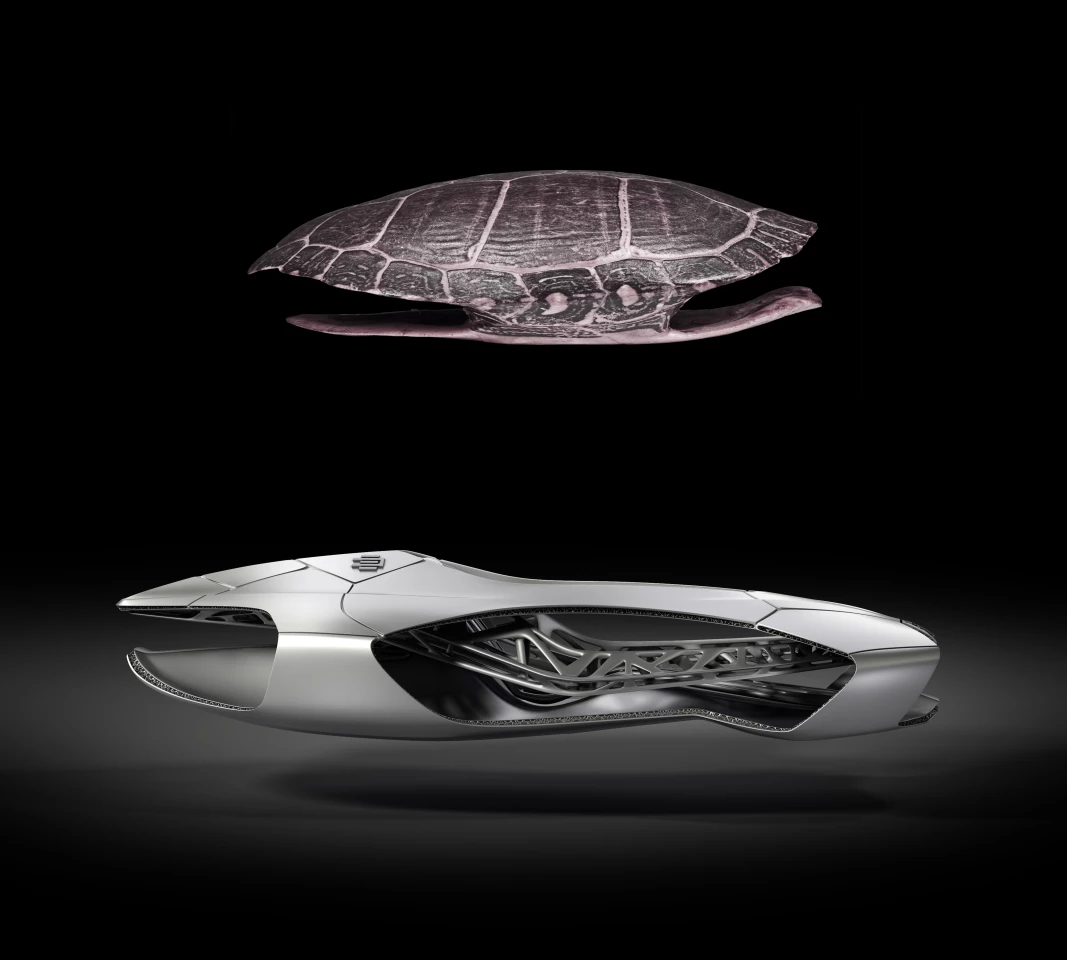
Of all the technologies to have emerged from the digital renaissance, additive manufacturing (3D printing) has the potential to be the most disruptive.
From EDAG's March 2014 media release: "The framework of the exhibit calls to mind a naturally developed skeletal frame, the form and structure of which should make one thing perfectly clear: these organic structures cannot be built using conventional tools! In the future, additive manufacturing (3D printing) could benefit designers and engineers by opening up enormous freedoms and new design options for development and production."
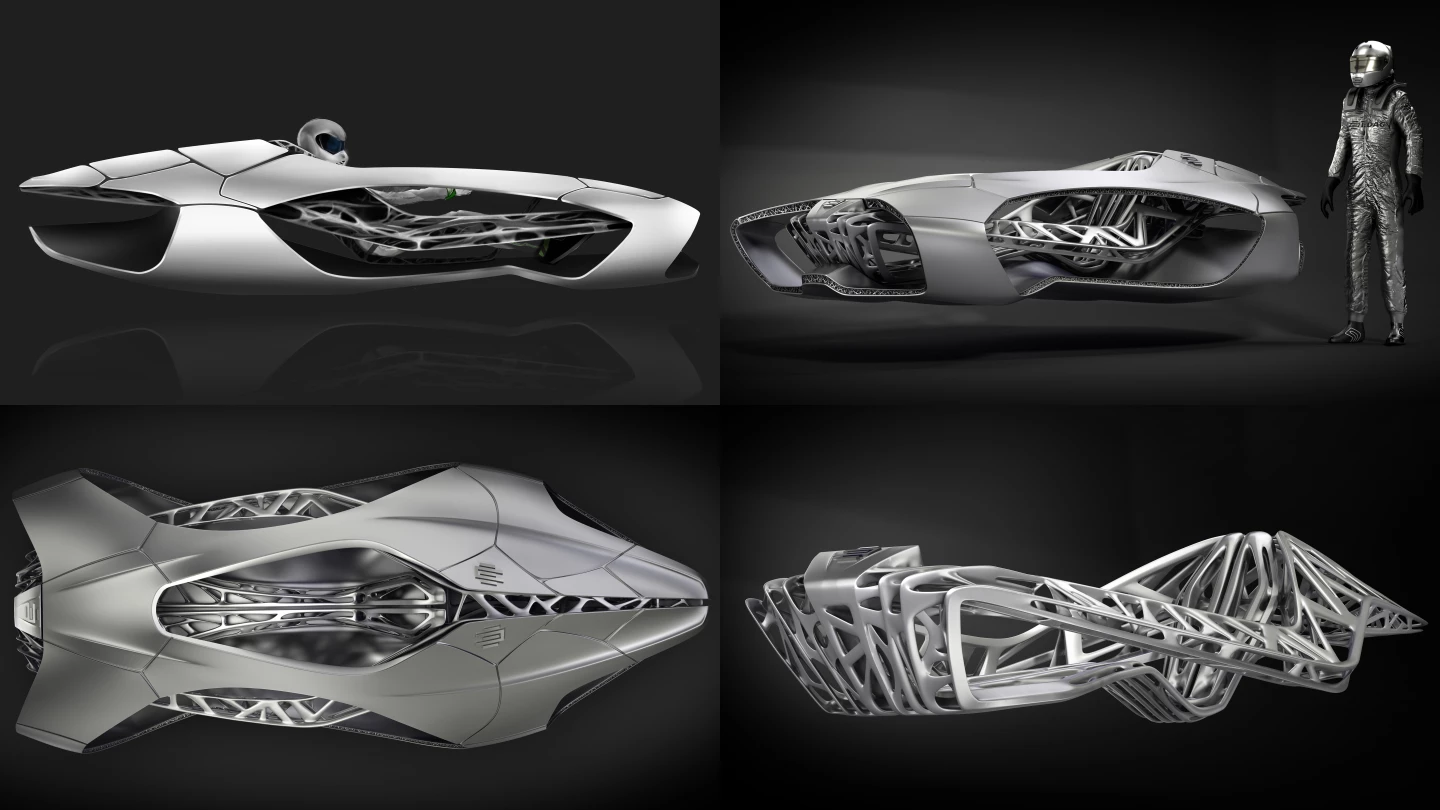
The Genesis was more a conceptual sculpture than an automobile, but the "EDAG Light Cocoon" takes it one step further and gives us a full concept study of a compact, dynamic sports car, and a realistic idea of what future lightweight construction might look like.
Using the same principals as the Genesis, EDAG's engineers have expanded their vision of a bionically-optimised body structure combined with a weatherproof textile outer skin.
In order to be able to implement bionic construction principles and natural strategies, additive manufacturing (3D printing) has also been put to use.
"We are pursuing the vision of sustainability – as demonstrated by nature: lightweight, efficient, and without any waste," explains EDAG's head designer, Johannes Barckmann.
"The result: the 'EDAG Light Cocoon' presents a stable, branch-like load bearing structure from the 3D printer, which only uses material where it is absolutely necessary."
Instead of treating the body as a closed surface, any material not actually needed for the special load cases was removed. EDAG's simulation experts carried out static and dynamic calculations for the basics of this topologically optimised ideal structure, and in this way helped to confirm its suitability as a potential lightweight concept.
The EDAG designers took a leaf as their inspiration for the ultimate, lightweight outer skin. Just as with a leaf, which has an ideal structure with a lightweight outer skin stretched over it, a textile skin covers the "EDAG Light Cocoon".

The Light Cocoon also opens an entirely new realm in automotive aesthetics with the backlight technology illuminating the underlying organic skeleton-like structure. In a world that quite literally has more than a billion same-same automobiles, the "EDAG Light Cocoon" might inspire some interesting creations in the not-so-distant future.

I can't help but think of one of my all-time favourite automobiles when I look at the Light Cocoon: the Ariel Atom. Using a naked trellis frame that's not all that dissimilar to the Light Cocoon, the Atom achieves a preposterous power-to-weight ratio
Last year I flight tested the 300 hp Seabreacher X, another example of bio-engineering based on the shark, and I put together this table of the power-to-weight ratios of the most ballistic toys available to mankind at that time.

Quite clearly, the Ariel Atom V8 punches way above its price category. Not many four-wheelers are capable of getting the front wheels off the ground under acceleration, as the below photo attests.

Weight is the enemy of almost all things enjoyable about motoring: acceleration, braking, efficiency, handling and brain-crushing cornering G-forces. This textile-skinned solution means that you don't need to endure the spartan hardships of an Ariel Atom to get motorcycle-like performance or economy on four wheels.
Now the effectiveness of the solution quite clearly depends on the effectiveness of the skin, and outdoor specialists Jack Wolfskin became a partner in the project due to that company's development of the synthetic outdoor textile known as Texapore Softshell.
"In Jack Wolfskin,the ideal project partner was found to supply a tried and tested stretch fabric that is also extremely weatherproof", said EDAG CTO Jörg Ohlsen.
"Even if it sounds futuristic to begin with, this approach has a its own special appeal: weighing no more than 19 g/m², the Jack Wolfskin material supports maximum lightweight design requirements with minimum weight.
"To give you a comparison: this extremely strong material is four times lighter than standard copier paper. Combined with the topologically optimised, additively manufactured structure, it offers enormous potential and stimulus for the ultimate lightweight construction of the future."
